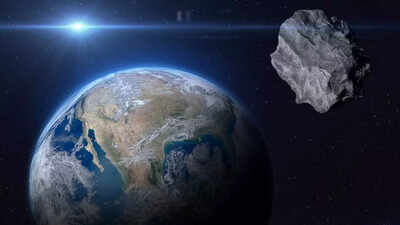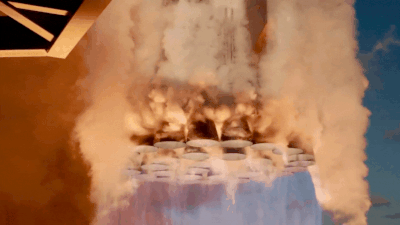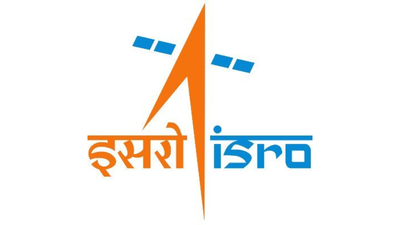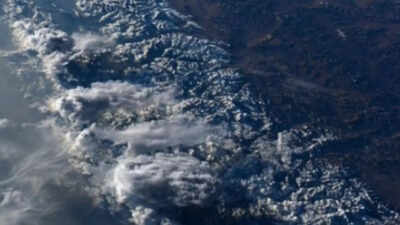nasa warns! 1200- foot asteroid 2005 vo5 to pass earth today – know its speed, distance, and potential risk |

A massive asteroid, approximately the size of a football stadium, is set to make a close flyby of Earth this week, drawing the attention of sky watchers and astronomers around the globe. Although the near-Earth object poses no immediate threat, its approach serves as a critical reminder of the unpredictable nature of space. Events like these emphasise the growing importance of planetary defence and global efforts in asteroid tracking and space monitoring. With increased awareness and advancements in technology, agencies like NASA and ISRO continue to improve detection systems to safeguard Earth from future asteroid impact risks.
Asteroid 2005 VO5 speeding Earth today: Know speed and distance
NASA has officially confirmed that asteroid 2005 VO5 will make its closest approach to Earth on July 11, 2025. Travelling at an astonishing speed of over 32,000 miles per hour, the asteroid will pass at a distance of approximately 3.78 million kilometres from our planet.Although that may seem comfortably distant, in astronomical terms, it is considered relatively close. This proximity, combined with the asteroid’s significant size—estimated to be about 1,200 feet (370 meters) wide—makes it an object of interest for scientists.
NASA monitors asteroid 2005 VO5 closely
Despite its size and speed, asteroid 2005 VO5 is not expected to pose any danger to Earth during this pass. It belongs to the Aten group of near-Earth asteroids—space rocks whose orbits often cross Earth’s path. While 2005 VO5 will not enter Earth’s immediate vicinity, its dimensions qualify it as “potentially hazardous” under NASA’s monitoring criteria.NASA classifies any object larger than 85 meters that comes within 7.4 million kilometres of Earth as worth tracking. Although VO5 doesn’t meet the distance criteria for a potential threat, it’s still being closely observed for any unexpected orbital shifts. Even the slightest change in its trajectory could pose a threat in the future.
ISRO joins global effort to track and deflect dangerous asteroids
India is also taking proactive steps in the field of planetary defence. ISRO (Indian Space Research Organisation), under the leadership of Chairman S. Somanath, has laid out a long-term vision for monitoring and mitigating asteroid threats.In recent remarks, Somanath emphasized the importance of global cooperation and readiness, especially as the world looks ahead to major celestial events—such as the 2029 flyby of asteroid Apophis, one of the largest near-Earth asteroids expected to pass within a close range.ISRO aims to collaborate with global space agencies like NASA, ESA (European Space Agency), and JAXA (Japan Aerospace Exploration Agency) to build robust systems for early detection and deflection. Plans are underway for future missions that may land on or closely observe asteroids, testing crucial technologies that could one day protect Earth from potential collisions.
Why is it important to monitor asteroid 2005 VO5
While asteroid 2005 VO5 will safely pass by without incident, its visit is far from meaningless. It highlights the dynamic and ever-changing nature of our solar system—and reminds us that space, while awe-inspiring, carries potential threats that demand vigilance.As scientists and agencies worldwide continue to track and study these fast-moving rocks, the event also invites the public to look up at the night sky—not with fear, but with curiosity and awareness. The universe is full of mysteries, and each passing asteroid is a silent message from the cosmos: be prepared, stay alert, and keep watching.Also Read | NASA’s DART mission ejected boulders from asteroid Dimorphos, offering new insight into asteroid collision outcomes





